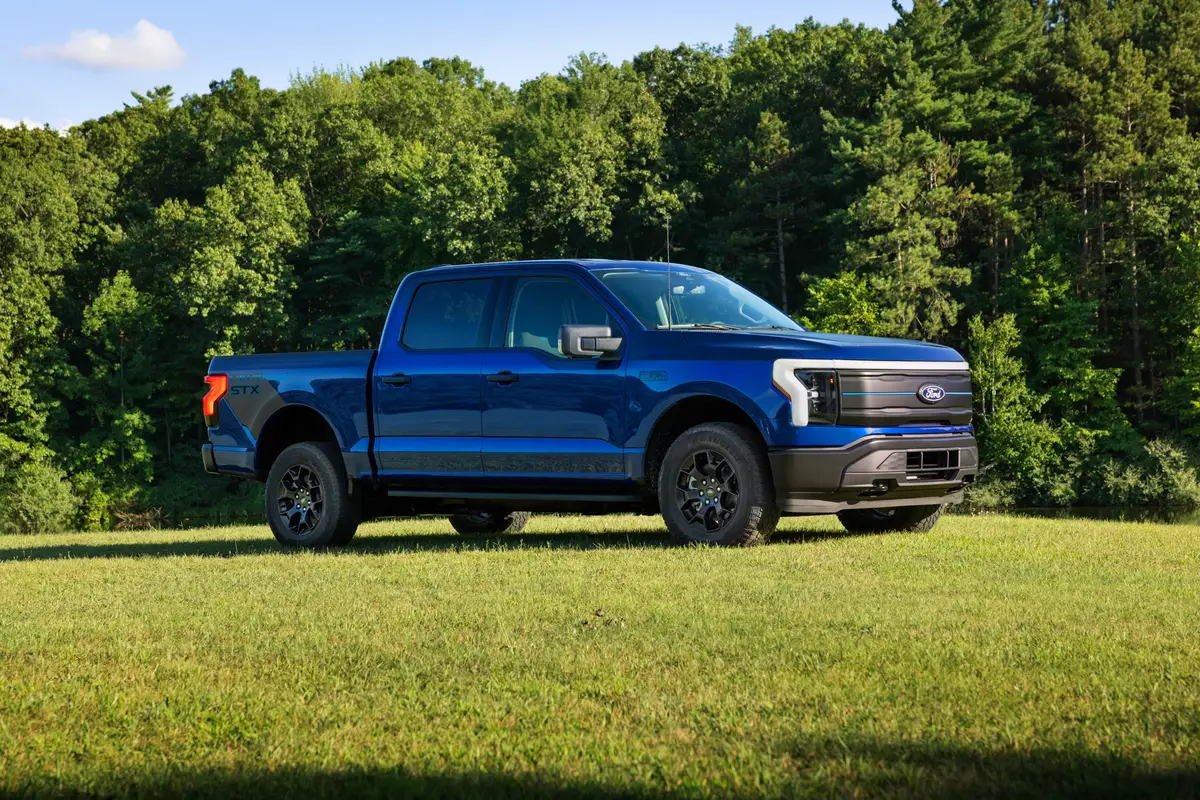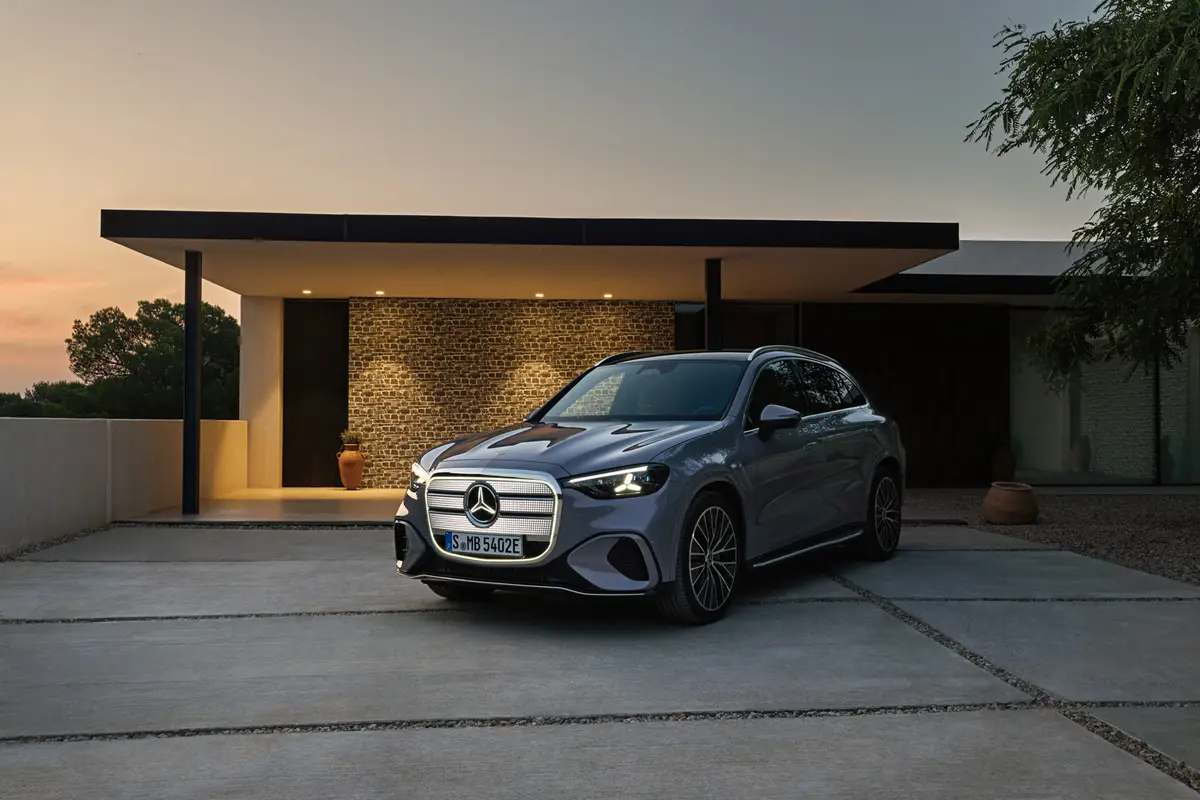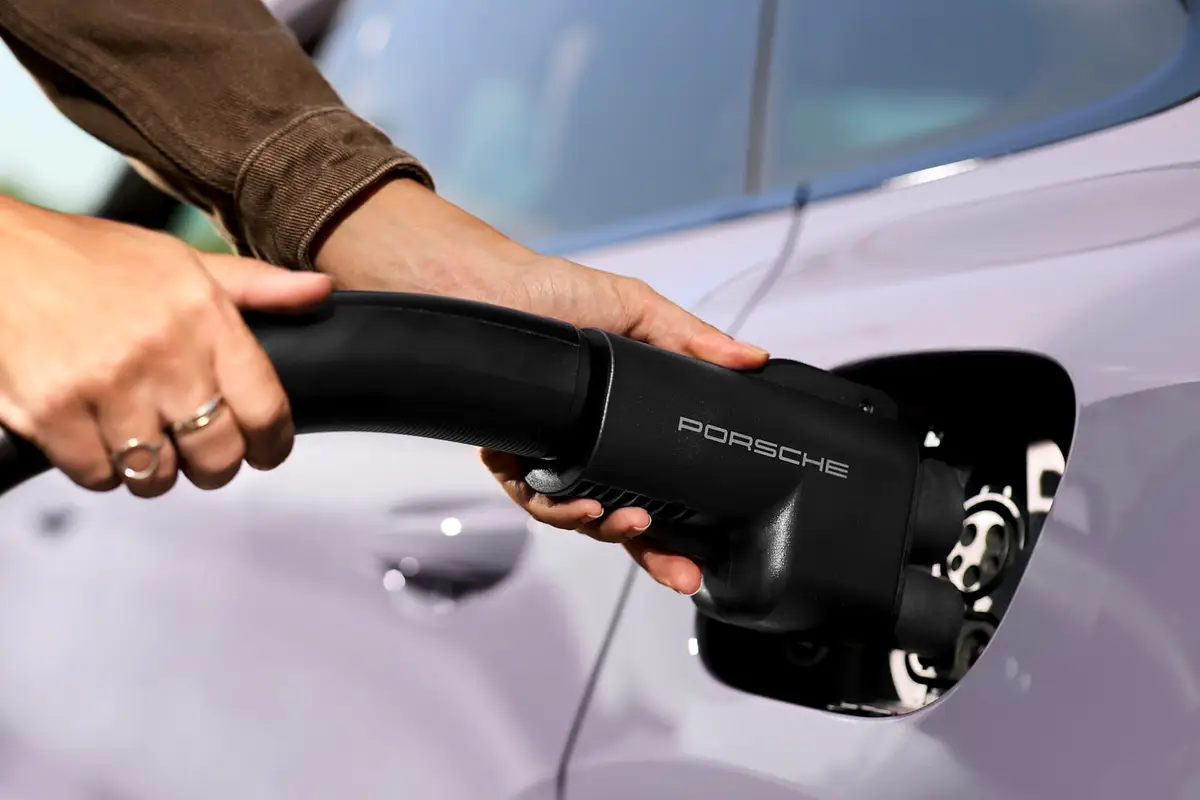TheMercuryNews.com's view
LA QUINTA — Chevrolet has a lot riding on the broad, oddly sloping shoulders of its new Avalanche.
The Avalanche, which hits California showrooms next month, is a full-size truck that can go from a three-passenger pickup with an eight-foot bed to a six-passenger sport-utility with a short cargo bed in about 10 seconds. This strange amalgamation — something called a Midgate makes the transformation possible — is unique in an auto market where the line between cars and trucks has all but been erased.
Call it a hybrid or a cross-over or the ultimate utility vehicle (UUV) — those are the terms that Chevrolet executives use. Or perhaps you’ll see it as an SUT, a sport-utility truck.
Whatever you call it, Chevy thinks it will be a hit — even in style-conscious California where Chevy could use a serious injection of hip into its staid lineup of middle-American-aimed cars and trucks.
“This guy is not a niche vehicle,” said Tony Posawatz, the General Motors assistant vehicle line executive for full-size trucks. GM expects that workers at the Silao, Mexico, assembly plant that also produces the Suburban sport-utility will build 100,000 Avalanches this year. Already, according to Ed Schoener, the Avalanche brand manager, Chevy has a list of 200,000 “hand-raisers,” people who requested information about the truck after seeing it in concept form at an auto show or on the www.chevrolet.com/avalanche Web site.
Posawatz, Schoener and other GM execs talked about the Avalanche during a media introduction in the Southern California desert at venues that ranged from the tony Greg Norman Course clubhouse at PGA West to five miles down a sandy wash at Anza-Borrego Desert State Park.
The Avalanche will be priced from $30,965 for a two-wheel-drive model to $33,965 for a base four-wheel-drive version. Prices rise about $4,500 for the better-equipped Z66 on-road and Z71 off-road versions of the truck. Chevy also has said it will sell a special North Face Edition of the Avalanche that comes with special seat fabrics, logos and duffle bags as well as a 2500 Series heavy-duty towing version with a stronger engine.
After a late spring launch in California, Texas and Florida — the three biggest full-size pickup and SUV markets — the Avalanche will become available nationwide in July.
Who will buy the Avalanche remains the most intriguing question. One presumes it will be folks who aren’t satisfied by either the two-, three- or four-door full-size trucks offered by Chevy, Ford, GMC, Dodge and Toyota nor the full-size SUVs offered by Chevy, Ford, GMC, Toyota, Lincoln or Cadillac. (Cadillac will start selling a version of the Avalanche called the Escalade EXT late in 2001.)
“The one word that we heard as we were going through research was compromise,” Schoener said. He told stories about pickup and SUV owners who had both passenger and cargo needs at various times, and the tricks they used to make one vehicle work two ways.
He also said research shows that 30 million U.S. households have both a pickup truck and a sport-utility vehicle in their family fleets. “Customers have needs for both those vehicles,” he said.
And while people used to think of big trucks as work tools, that image has changed in recent years. Now people use big trucks — both four-door pickups and SUVs — as commute cars, as camping companions, as soccer-team ferries and taking-the-kid-to-college carriers.
Schoener described would-be Avalanche buyers as “challenge-seekers.” Not mountain climbers perhaps, he said, but those who see having the best-in-neighborhood yard design as an obtainable goal.
By the numbers, Chevy said, a typical Avalanche buyer will be 30 to 45 years old with an average household income of $80,000. About four out of five buyers will be men.
“I see this very much as a lies yle vehicle,” said Deb Michael, assistant brand manager for marketing for the Avalanche. “You’ve got your off-roaders. You’ve got your bikers. You’ve got your skiers. You’ve got the kayaks. This can do all of that with one vehicle. It’s a fun, aggressive-looking vehicle.”
The platform for the Avalanche is the Suburban. The two vehicles share 85 percent of their parts. “The DNA, the code for this vehicle, comes strongly from its parent,” said Terry Woychowski, GM’s chief engineer for full-size trucks.
The two share a chassis, a 285-horsepower, 5.3-liter V-8 and an automatic transmission.
Where they differ is in exterior design and, obviously, the open back end of the Avalanche vs. the enclosed rear of the Suburban.
Corvette designer John Cafaro gave the Avalanche a bold appearance with a new grille, front head lights and hood. Most noticeable is the heavy reliance on composite cladding. Its use in front, along the sides, on back and in the cargo box give the Avalanche a different appearance from what else Chevy sells.
The Avalanche is a long (221.7 inches), wide (79.8 inches), heavy (5,437 to 5,876 pounds) vehicle. Towing capacity tops 8,000 pounds (12,000 in the 2500 series).
But it’s the Midgate — executives smartly bypassed the earlier Reconfigurable Back Panel name — that holds the whole truck, both literally and in concept, together.
“It’s the heart and soul of Avalanche,” Woychowski said.
It’s a three-part system — a removable glass window, a cross bar and the gate itself. With the Midgate in place, the front cabin and the rear cargo box are separated. Fold the rear seats and fold the Midgate and the Avalanche has a 49-inch-wide opening that’s long enough to hold a 4-by-8 sheet of plywood.
Since the Midgate can be lowered with or without the glass in place, all sorts of configurations are possible. A lockable, three-piece hard cargo cover is standard. It can hold up to 250 pounds, so people can stand on it while loading in tall items. A soft cargo cover is optional.
So, too, is a designed-for-the-Avalanche tent, for those who like to sleep in their trucks. You also can get one with GM’s last attempt at a segment-buster, the Pontiac Aztek. That vehicle, because of its odd shape and high price, has been a failure.
The Avalanche seems on more solid footing at introduction.
“Avalanche has no competitors. We feel very good about that,” Posawatz said. And even if Ford follows with a convert-able SUT, it won’t be out for a year or two.
Instead, competition for the Avalanche will come from the gobs of mid-size and full-size SUVs and full-size trucks on the market, including those already sold by Chevrolet.
In the end, the success of the Avalanche will depend on how well marketers make the truck seem both functional and cool.
“That’s our hope,” Michael said. “For people who may have said, `Chevy is trad itional,’ this is something more innovative.”
Latest news



